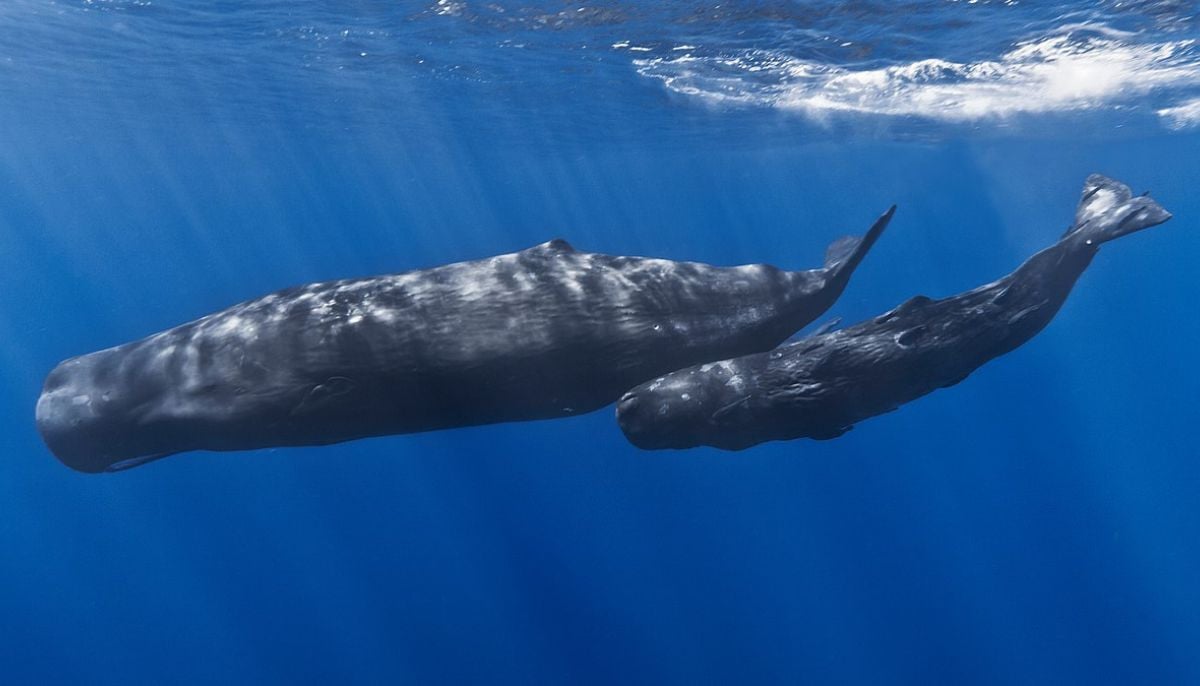Scientists have decoded the language that whales use to communicate with each…
Category: 2. World
-

New global initiative aims to place environmental defenders at the heart of climate decisions
Campaigners are hailing today’s COP30 launch of a new global initiative aimed at advancing the recognition, protection, and participation of environmental defenders in climate decision and policy-making.
Co-created with more than 300…
Continue Reading
-
Modi Has a Dilemma Over New Delhi Terror Blast – Bloomberg.com
- Modi Has a Dilemma Over New Delhi Terror Blast Bloomberg.com
- Verified videos show aftermath of explosion in Delhi BBC
- No blame: Why India is being cautious with accusations after Delhi blast Al Jazeera
- India says Delhi blast was ‘terror…
Continue Reading
-
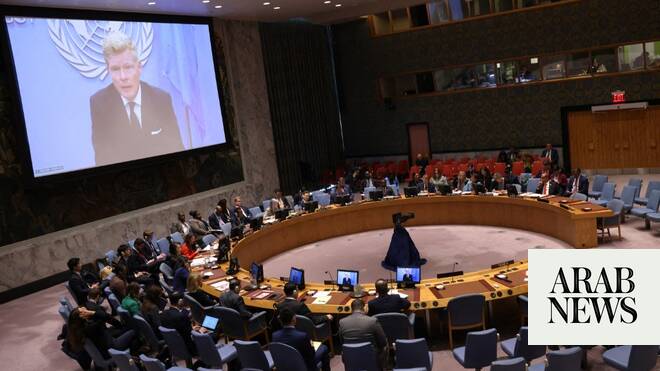
UN Security Council to discuss Yemen crisis amid Houthi detentions
DUBAI: The UN Security Council will hold closed-door consultations on Yemen on Thursday, focusing on the arbitrary detention of UN personnel by the Houthis.
The closed session comes after 59 UN staff remain were detained following accusations…
Continue Reading
-
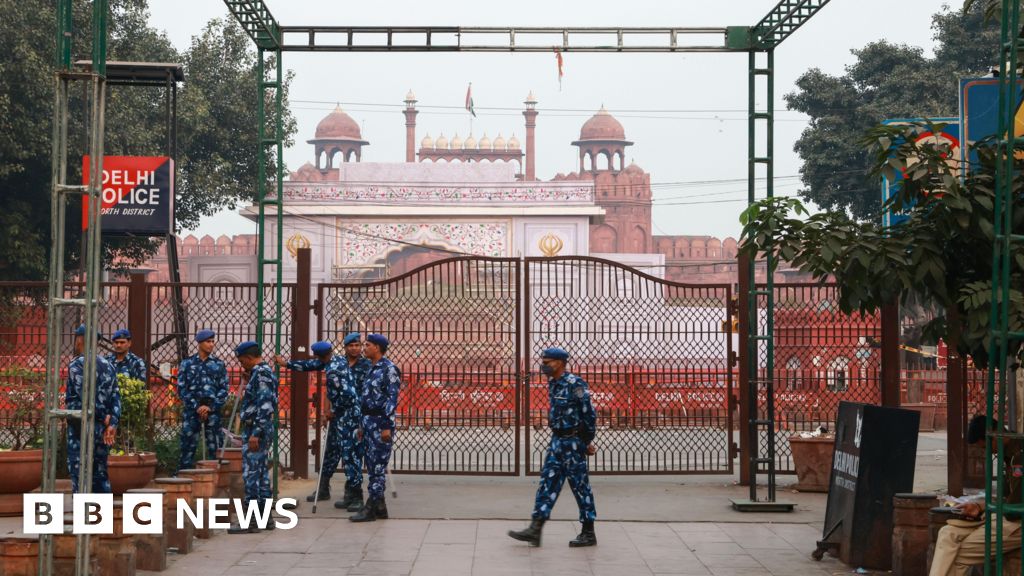
Indian police investigate Kashmir link to Red Fort blast
Three days after a car exploded near the Red Fort in the Indian capital, Delhi, killing eight people, investigators have told the BBC they are checking if it has any links to the recent arrests of seven men by police in Indian-administered…
Continue Reading
-
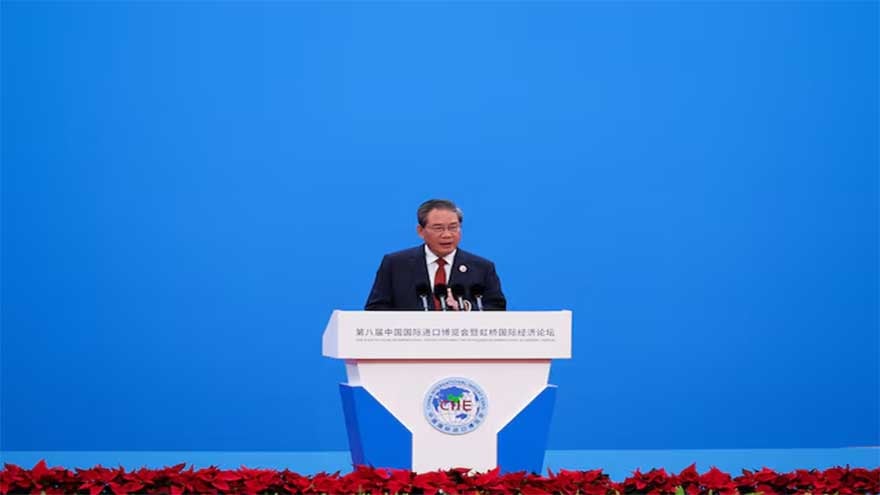
China’s premier to attend G20 summit amid US boycott
China’s premier to attend G20 summit amid US boycott – Daily Times
…Continue Reading
-

Turkey temporarily grounds C-130 planes after crash kills 20 military personnel
ANKARA, Turkey — ANKARA, Turkey (AP) — Turkey has temporarily grounded its C-130 military cargo planes as a precaution, the Defense Ministry announced Thursday, following a crash in Georgia that claimed the lives of all 20 military personnel…
Continue Reading
-
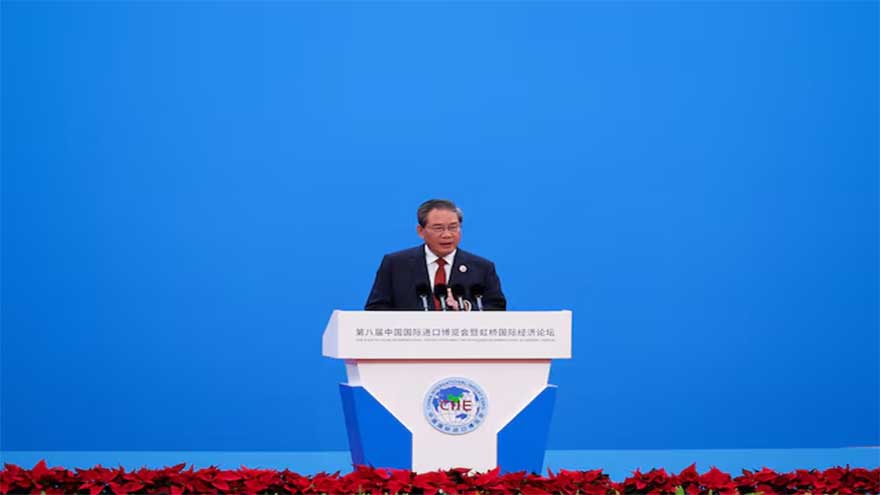
China’s Premier Li to attend G20 summit in South Africa
BEIJING (Reuters) – China’s Premier Li Qiang will attend the Group of 20 summit in South Africa from November 21 to November 23, the foreign ministry said on Thursday.
Li will also attend a Shanghai Cooperation…
Continue Reading
-

Iraqi prime minister’s coalition wins parliamentary elections | World News
A coalition led by Iraq’s prime minister has won the country’s parliamentary elections, Baghdad’s electoral commission has said.
Mohammed Shia al Sudani, who has led the Middle Eastern nation since 2022, was seeking a second term in…
Continue Reading
-
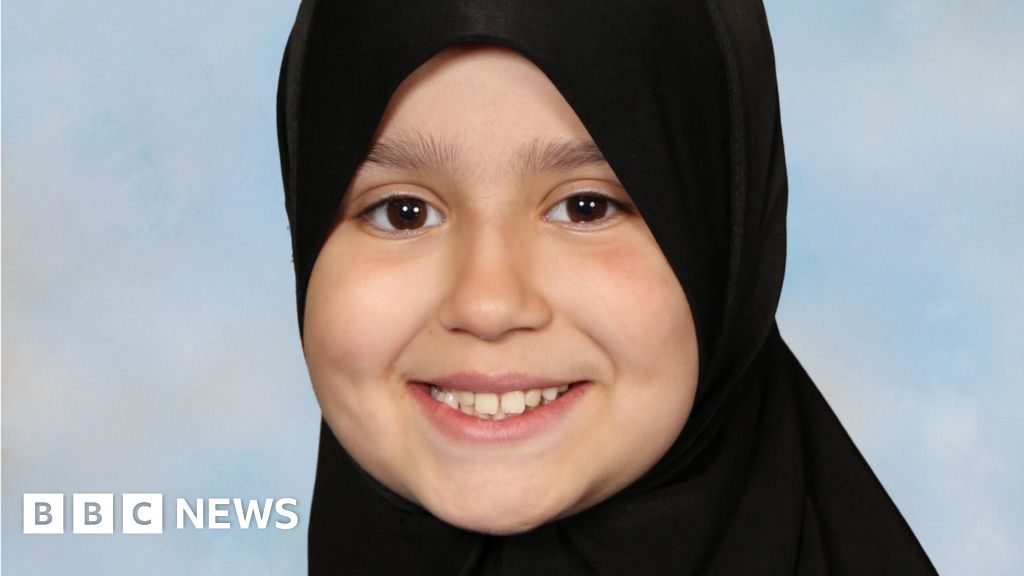
Council visited wrong house before Sara Sharif’s murder
Daniel Sandford,UK correspondent and
Joshua Askew,South East
 Surrey Police
Surrey PoliceSara’s body was found at her home in Woking on 10 August last year Council staff tried to check on 10-year-old Sara Sharif the day before she was murdered by her father and…
Continue Reading
